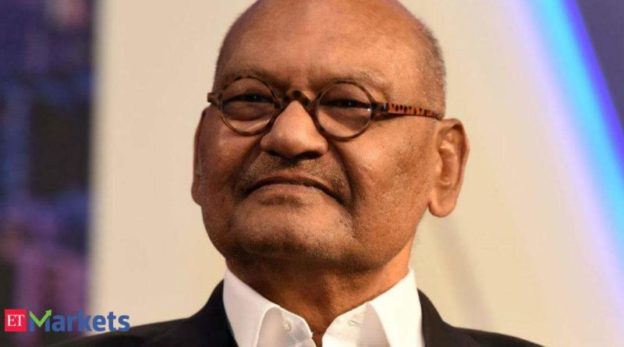The $30-billion Vedanta group is about for an aggressive development plan even since it enters newer areas similar to semiconductor fabs. Chairman Anil Agarwal addresses Surajeet Das Gupta on the group’s formidable plans and extra.
Our plan is very clear. In the next four to five years, we will invest $20 billion and it has been allocated. In oil and gas, we hope to hit 500,000 barrels and will invest $4 billion, in technology we will invest $2-3 billion for the display and semiconductor plant and another $2 billion each in aluminium and zinc. We will also look at opportunities of acquisitions aligned to our business. We expect that with this investment, we will become a $75-80 billion company from $30 billion currently.
What is your overall growth plan for the next few years, especially as you enter new areas?
How will you finance this investment?
What is the progress on the display and semi-conductor plant?
We make profits of over $10 billion annually, so we have enough cash to fund our investment on our own. In case we need, we can raise some debt.
The total investment in three phases for the projects would require $20 billion. But in the first phase, we will need $2-3 billion. We expect to generate revenues of $4-5 billion from the first phase. The commercial production for both the projects will start in two years. In semi-conductor, we have Foxconn as a partner; we will be the senior partners. For the display plant, we are already in the business as we make mother boards in our factories in Taiwan and South Korea and have an R&D centre in Japan. So we have not decided whether we will take financial partnership or just take technology knowhow in the first phase.
Are you in talks with the government to close the projects? The government is offering huge financial incentives. Isn’t it?
Yes, we are in discussion with the government to get the clearances. We have to also finalise a location to set up the plant. I am telling state governments that it is not enough to have a fab plant and that they should look at creating a hub for electronics like Silicon Valley or what Taiwan has done. Sterlite Technologies is moving from just being an optic fibre company to a tech company which is offering systems integration of 5G companies. Do you see a bigger opportunity for you in the 5G space?
We are in the backend of the telecom business. We can build 5G network for others. The government plans to put in 50 million km optical fibre every year and we are the largest player in the business. We are also offering telecom software and services of being a system integrator. We can offer to build the complete 5g network for telcos. And we are looking aggressively to work with international operators. We work closely with British Telecom. You have announced a plan of reducing your overall debt by $4 billion. How?
We have a debt of $9 billion in the parent company and $3.5 billion in the Indian company. We plan to reduce the debt in the parent company by $4 billion in three years. This would be done through dividends. Three times of our equity has been returned back in dividends. You have been bullish about start-ups and have worked with some of them in your business space. Are you looking at setting up a start-up fund?
We would like to create a fund for start-ups in businesses which is not aligned with our company, we haven’t decided the corpus yet. We will take a chance on young entrepreneurs. You have been looking at BPCL divestment and many other PSU companies in which the government is looking at giving up control? What is your plan there?
BPCL divestment has been shelved by the government. We do evaluate and participate on various assets which come through the IBC process. Government listed companies, I believe, can see their market cap go up five times if they are either corporatized or privatised. I think 20 per cent of them should be privatised and 80 per cent should be corporatized. Today Indian mutual funds, private equity funds, HNIs can easily buy the shares. I think their productivity would go up by two to three times. And one can always put in a cap of 5 per cent shareholding. Are you looking at the renewables space?
https://wap.business-standard.com/article-amp/companies/will-invest-20-bn-plan-to-grow-revenue-to-80-bn-vedanta-s-anil-agarwal-122051200014_1.html





